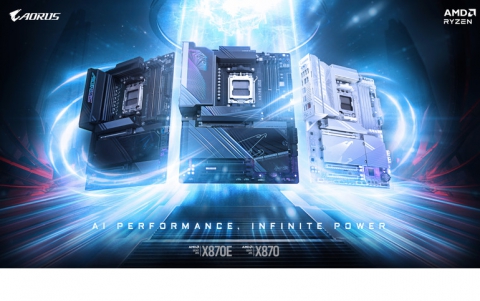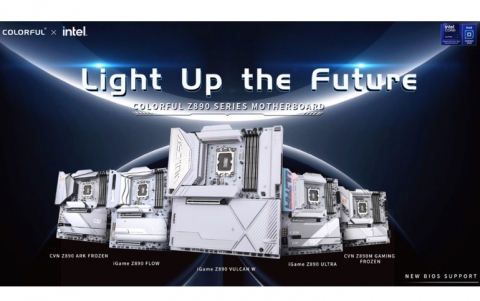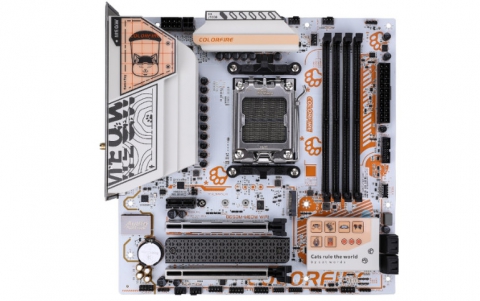PleXWriter PX-W124TS CD-RW
1. Installation
Introduction:
![]() A
brand-name familiar to most CDR enthusiasts and professionals alike. A name
with has a long record in the CD(-R) business. Their first reader was released
back in 1990 (when the company's name was still "Texel Corporation"),
and their first burner appeared in 1994. A not-so-much successful first attempt,
largely due to the inherited limitations and "flaws" of the underlying
Philips "engine". Since those first days, Plextor has always been
at the front-line of the CD-arena, enriching it with new technologies and offering
the most reliable solutions.
A
brand-name familiar to most CDR enthusiasts and professionals alike. A name
with has a long record in the CD(-R) business. Their first reader was released
back in 1990 (when the company's name was still "Texel Corporation"),
and their first burner appeared in 1994. A not-so-much successful first attempt,
largely due to the inherited limitations and "flaws" of the underlying
Philips "engine". Since those first days, Plextor has always been
at the front-line of the CD-arena, enriching it with new technologies and offering
the most reliable solutions.
Back in mid-nineties, anyone interested in obtaining a reliable copy of an Audio disk was forced to use a Plextor drive as the source for recording. The first Plextor to completely justify these expectations was the 8x CD reader. This drive established Plextor as the "Ferrari" of CD drive manufacturers. Until recently, Plextor drives were available only at SCSI configurations. (I know several persons who went the SCSI way, just to be able to declare themselves owners of these "beauties" made out of metal, plastic and glass...)
CDR technology was always at the hands of a small group of Japanese (and one European) manufacturers of the core components. Plextor was never one of them. However, this small company was able to rise and gain a prominent position among the final product assemblers and makers. Owing its fame on the unique quality of the underlying components, their first rate rotors and the superb firmware they have been equipping their drives with.
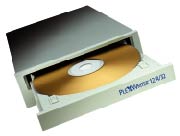 Plextor
uses major components from various manufacturers. For the recorder production,
they purchase the OPU (Optical Pick-Up) and Decoder LSI from Sanyo. CPU, memory,
DSP, spindle motor, etc. come from other manufacturers. Plextor develops it's
own schematics, PCB, mechanism and firmware. In comparison to other drive manufacturers,
they spend more engineering time and effort to integrate and support all the
features of the components (high-speed reading, DAE speed and precision) in
the firmware. This makes the difference in a Plextor drive. Even they use (some)
components ,which also used by their competitors, performance and features are
in most cases higher.
Plextor
uses major components from various manufacturers. For the recorder production,
they purchase the OPU (Optical Pick-Up) and Decoder LSI from Sanyo. CPU, memory,
DSP, spindle motor, etc. come from other manufacturers. Plextor develops it's
own schematics, PCB, mechanism and firmware. In comparison to other drive manufacturers,
they spend more engineering time and effort to integrate and support all the
features of the components (high-speed reading, DAE speed and precision) in
the firmware. This makes the difference in a Plextor drive. Even they use (some)
components ,which also used by their competitors, performance and features are
in most cases higher.
Last year, CDR technology went mainstream. Consequently, prices were driven down, drives and software recording applications became more reliable and a stiff competition among the primary drive-makers emerged. Plextor is now confronted with a rising competition from the many other, mainly Taiwanese, manufacturers. The main question now is: Will they still keep the edge over all others?
|
Recording Speeds and Times |
||
|
74 mins / 650 mb |
1x |
74 mins |
|
74 mins / 650 mb |
2x |
37 mins |
|
74 mins / 650 mb |
4x |
18.5 mins |
|
74 mins / 650 mb |
6x |
12.34 mins |
|
74 mins / 650 mb |
8x |
9.25 mins |
|
74 mins / 650 mb |
12x |
6.17 mins |
Package:
The retail version that came at our offices included the drive, a manual
(in 12 languages!), a CDR software package (CeQuadrat 3.7 Standard Edition and
PlexTools v1.04), 2 blank CDs (one recordable and one erasable), an audio cable
and an IDC cable (SCSI ribbon). The Drive is also equipped with a small but
efficient (as you will find out later) fan, too bad it's not the "ball-bearing"
kind, thus a little noisy.
Using the popular "CDR Identifier" program we were able to determine Ricoh as the CDR media maker. The erasable disk maker has remained unknown, both to us and the program itself:
|
Plextor CDR-W Media: ATIP: 97m 27s 00f |
Plextor CDR Media: ATIP: 97m 27s 66f |
Installation:
Installing the PlexWriter PX-124TS was an easy process. Since we already
had a Yamaha 8424s and a Sanyo CRD-BP2 installed on out test-system, we simply
added the "new sheriff in town". We left the default SCSI ID to 3
and the termination on. After booting, the CDR-W identified itself as Plextor
CD-R PX-124TS into both the BIOS & Windows 98 SE.
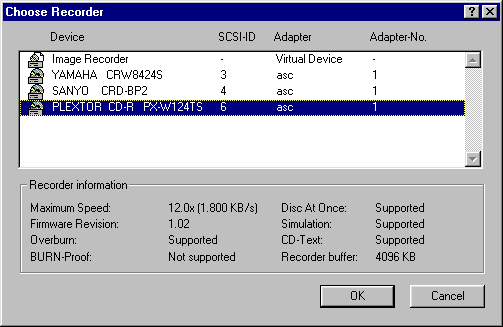
We also installed PlexTools version 1.04 , since they offer some helpful information to the user and allow certain setting tweaks. With it you can change the drive's properties (spin-down time, speed selection, lock/unlock of the tray, etc.). Other useful features offered by PlexTools are the ability for data CD Copy and Digital Audio Extraction. You don't need any external program for quick and easy copying of CDs of any type. Finally, using this program, you can erase CD-RWs.Even though most users will probably be acquainted with the Plextor Manager 2000 (which is bundled with Plextor drives in US). We personally think that PlexTools is more powerful and more easy to use.
Afterwards, we unchecked the auto-insert notification, used Tweak UI 95 for disabling data disk auto-play and rebooted. PlexWriter PX-124TS was a January 2000 model with version 1.00 firmware. Our lookout at the Plextor Europe website revealed a new firmware revision (1.02), which we immediately downloaded, and updated the drive. This version enabled the UltraSCSI mode (20MB/s) for the communication of the drive over the bus with the host adapter. All is now set, let the benchmark war begin! Might want to grab the latest 1.06 firmware revision since it adds MMC DAO RAW!
Test Machine :
ABIT BH6
Celeron 300A over clocked to 464 MHz
164 MB SDRAM PC 100
WD 18GB UDMA 66
Quantum Fireball EX 6.4 GB UDMA
AdvanSys ASB3940UA - PCI (ULTRA) SCSI Host Adapter
Asus 3400 TNT
CL AWE32
MS Windows 98 SE
KenWood 72x v2.12
Plextor UltraPlex 32xmax
Plextor UltraPlex 40max, Firmware v1.03
Plextor PleXWriter PX-124TS, Firmware v1.02
Teac 540E Firmware v1.0A
Sanyo CRD-Bp2 Firmware vBc12






